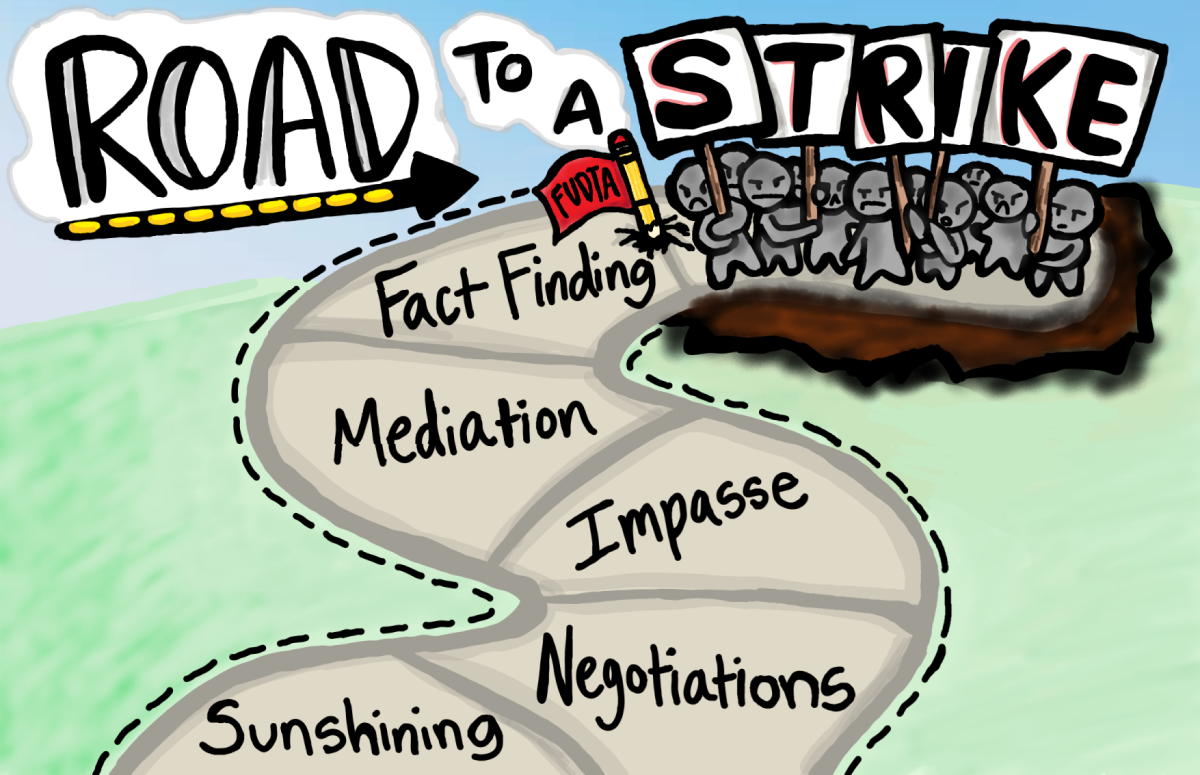Global Warming? More like Global Warning
The necessity of governments to focus on adapting to the effects of global warming instead of idealistically trying to prevent it
December 30, 2018
2018 was a year of epic and devastating natural disasters, from Hurricane Maria which ravaged the island of Puerto Rico to the recent Camp Fire, California’s deadliest wildfire in history, near Chico. While at first glance it is easy to dismiss these disasters as unpredictable natural circumstances, there is an invisible thread linking all of these events: climate change. Climate change, the byproduct of humanity’s uncurbed use of fossil fuels, has motivated countries—out of fear—to adopt cleaner energy policies in the hopes of not passing the “brink point”, at which all efforts to prevent global warming become futile and environmental disaster becomes imminent. However, given the heavy international reliance on fossil fuels and the EPA’s latest lax environmental policies, climate change is likely to pass the tipping point, and governments should focus on adapting to climate change’s effects in tandem with prevention efforts like cutting down emissions.
So, what is the tipping point? According to the UN, if global temperatures exceed the tipping point of 2℃, climate change will be irreversible and the risks of drought, extreme heat, and natural disasters will be made significantly worse. Specifically, The Guardian notes that at 2℃, 99 percent of coral reefs would die and marine fisheries would lose 3 million tons of fish. This establishes the high chance of food insecurity for coastal minorities and the collapse of ecotourism industries, alongside the disruption of ocean ecosystems. Simply put, the tipping point is the point of no return and will mark a grave moment in human history.
Climate research experts, international scientists, and the United Nations have all affirmed that based on global energy consumption patterns, global temperatures are expected to exceed 2℃ and thus, climate change is likely to pass the tipping point. There is a great necessity for international cooperation to prevent climate change. However, because President Trump pulled the US out of the Paris climate accord and significantly weakened previous Obama-era environmental policies, the US is sending a clear message to their allies and partners that they are not invested in preventing climate change. To make matters worse, Britain has engaged in gas fracking (the use of drilling technology to extract fossil fuel), and Norway and Russia are drilling the Arctic for oil. The Guardian goes on to state that in order to prevent going over the tipping point of 2℃, carbon pollution must be cut by 45%. At the current level of pollution, by 2030, “the world is on course for a disastrous 3℃ of warming.” The lack of political action to prevent climate change, coupled with the current ignorant environmental policies, signify that we are likely to pass the tipping point. This means climate change’s disastrous impacts are likely inevitable and governments must transition to creating policies focused on adapting to these disastrous effects rather than simply preventing them.
While prevention strategies, such as the Paris Agreement or carbon taxes, reinstate a feeling of optimism and hope for environmental future, institutional adaptation efforts are pragmatic and recognize that governments can no longer wallow in a false sense of security with millions of lives at risk. However, that is not to say that policies which cut down on carbon emissions should be completely ignored. Climate change must definitely be prevented from reaching the brink point. But optimism cannot solely control the political will in this situation, and cynicism can ensure a holistic approach to ensuring we are ready to face climate change.
One such adaptation policy includes limiting coastal construction. With a high likelihood of coastal flooding due to sea-level rising, these policies would prevent construction in areas prone to natural disasters and prevent people—most likely minorities and low-income individuals—from losing their livelihoods and lives. The Scientific American reports in South Florida, that cities have been “upgrading building codes that require new construction to match the work it has done to lift the minimum height of city infrastructure, including raising roads” in order to adapt to the reality that by 2050, $15 billion out of Florida’s $36 billion coastal infrastructure investment will be damaged by sea-level rising.” Another example of adapting to climate change involving infrastructure is strengthening roads and bridges to ensure adequate protection against intense hurricanes. Furthermore, governments should increase research and development into flood-tolerant crops as a way to minimize the effect of resource wars if and when coral reefs and surrounding ecosystems gradually die out from extreme weather conditions. According to the Food and Agricultural Organization of the UN, 60 percent of rural people depend on farming for sustenance, proving the need for governments to prioritize the well-being and livelihoods of these individuals. The Bill and Melinda Gates Foundation invested millions into crop improvements and development of scuba rice, or rice able to withstand flooding, after noticing that increased sea levels were costing farmers $1 billion in South Asia.
Ultimately, it’s not a question of choosing to see the world as a glass half empty or half full. It’s a matter of embracing both mentalities when creating climate change policies, such that in the best case, we need not worry, and in the worst case, we must follow the road to adaptation.









